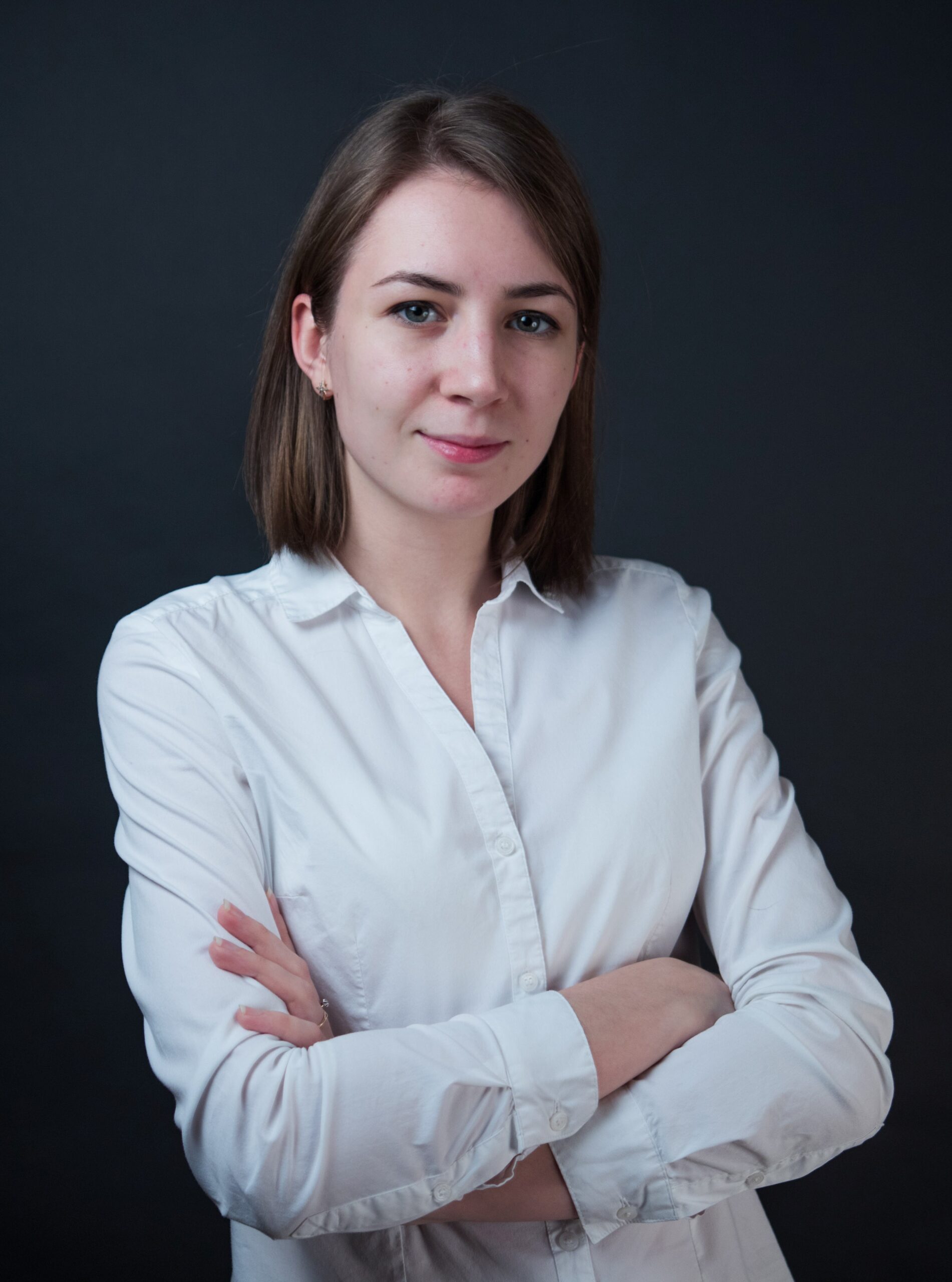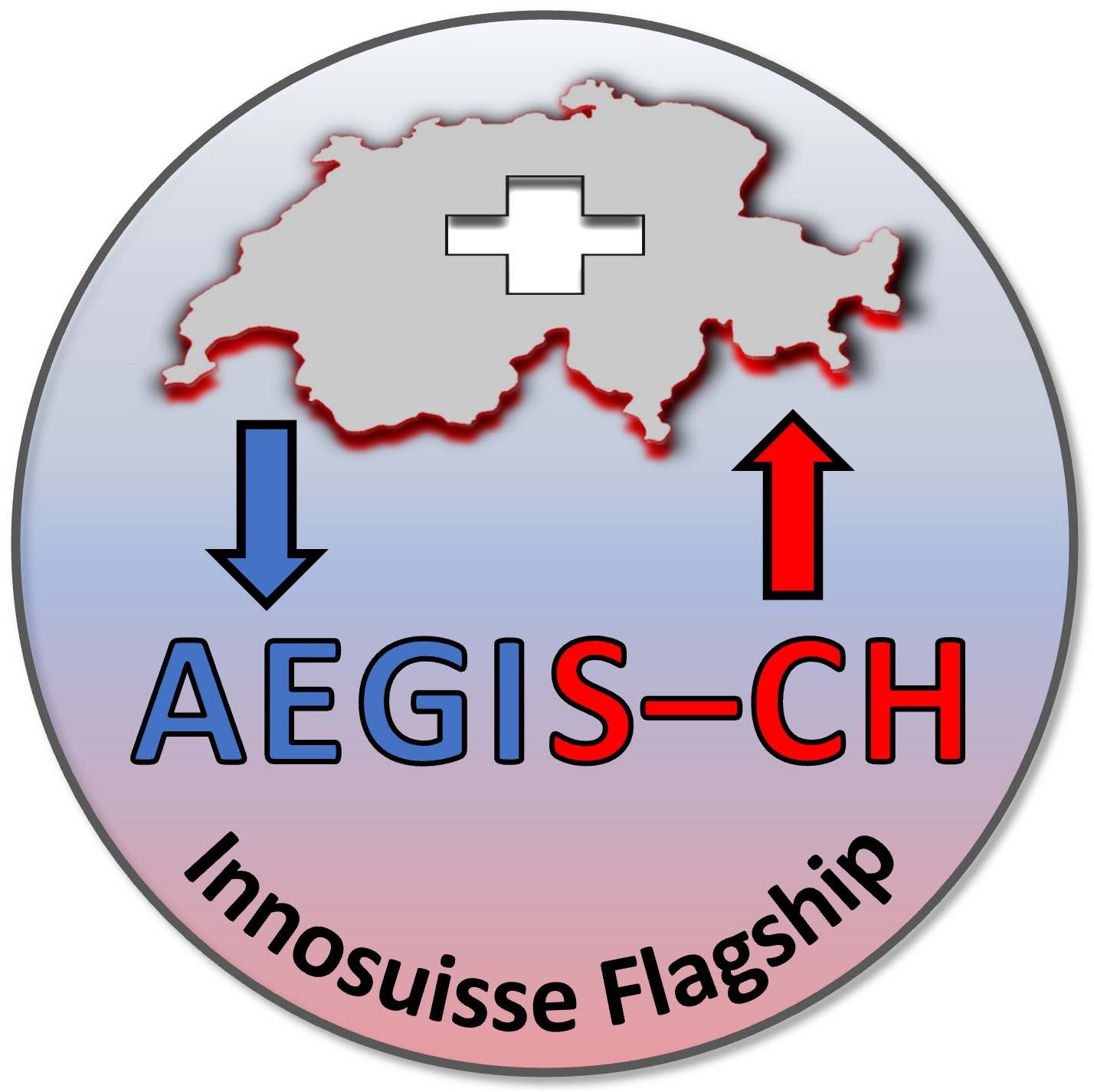
Mailing Address
Anna Kottsova
Geothermal Energy & Geofluids
Institute of Geophysics
NO F 51.1
Sonneggstrasse 5
CH-8092 Zurich Switzerland
Contact
| Phone | +41 44 632 2558 |
| akottsova(at)ethz.ch |
Administration
| Dominique Ballarin Dolfin | |
| Phone | +41 44 632 3465 |
| ballarin(at)ethz.ch | |
Publications
[Go to Proceedings Refereed] [Go to Proceedings Non-Refereed] [Go to Theses]
Underlined names are links to current or past GEG members
REFEREED PUBLICATIONS IN JOURNALS
1.
Luo, W., A. Kottsova, P. J. Vardon, A.C. Dieudonne, and M. Brehme, Mechanisms causing injectivity decline and enhancement in geothermal projects, Renewable and Sustainable Energy Reviews, 185, 2023. https://doi.org/10.1016/j.rser.2023.113623 [Download] [View Abstract]In geothermal projects, reinjection of produced water has been widely applied for
disposing wastewater, supplying heat exchange media and maintaining reservoir
pressure. Accordingly, it is a key process for environmental and well performance
assessment, which partly controls the success of projects. However, the injectivity, a
measure of how easily fluids can be reinjected into reservoirs, is influenced by various
processes throughout installation and operation. Both injectivity decline and
enhancement have been reported during reinjection operations, while most current
studies tend to only focus on one aspect. This review aims to provide a comprehensive
discussion on how the injectivity can be influenced during reinjection, both positively
and negatively. This includes a detailed overview of the different clogging mechanisms,
in which decreasing reservoir temperature plays a major role, leading to injectivity
decline. Strategies to avoid and recover from injectivity reduction are also introduced.
Followed is an overview of mechanisms underlying injectivity enhancement during
reinjection, wherein re-opening/shearing of pre-existing fractures and thermal cracking
have been identified as the main contributors. In practice, nevertheless, mixedmechanism
processes play a key role during reinjection. Finally, this review provides
an outlook on future research directions that can enhance the understanding of
injectivity-related issues.
[back to Top of Page]
PROCEEDINGS REFEREED
2.
Rangel Jurado, N., X-Z. Kong, A. Kottsova, F. Games, M. Brehme, and M.O. Saar, Investigating the chemical reactivity of the Gipskeuper and Muschelkalk formations to wet CO2 injection: A case study towards the first CCS pilot, Swiss Geoscience Meeting, 2023. [View Abstract]Carbon capture and storage (CCS) is expected to play a major role in societal attempts to reduce CO2 emissions and mitigate climate change. In parallel, CO2-based geothermal systems have been proposed as an innovative technology to couple CCS with geothermal energy extraction, therefore, increasing renewable energy production and unlocking industry-scale carbon capture, utilization, and storage (CCUS). The safe implementation and sustainability of both these technologies require a comprehensive understanding of how injected CO2 will interact with formation fluids and rocks in situ, especially under elevated pressure and temperature conditions. Whereas the role that CO2-bearing aqueous solutions play in geological reservoirs has been extensively studied, the chemical behavior of non-aqueous CO2-rich mixtures containing water has been vastly overlooked by academics and practitioners alike. In this study, we address this knowledge gap by conducting core-scale laboratory experiments that investigate the chemical reactivity of CO2-H2O mixtures, on both ends of the mutual solubility spectrum, towards reservoir and caprock lithologies. We conducted batch reactions on rock specimens from the Muschelkalk and Gipskeuper formations in Switzerland, subjecting them to interactions with wet CO2 under reservoir conditions (35 MPa, 150 °C) for approximately 500 hours. A wide range of high-resolution techniques, including scanning electron microscopy (SEM), X-ray diffraction (XRD), X-ray computed tomography (XRCT), and stable isotope analysis, were employed to characterize the evolution of petrophysical properties, morphology, and chemical composition of the samples. Furthermore, upon experiment termination, we analyzed fluid effluents using inductively coupled plasma atomic emission spectroscopy (ICP-AES) to gain insights into ion transport processes associated with dissolution reactions caused by both the aqueous and non-aqueous phases. Our results reveal that fluid-mineral interactions involving CO extsubscript{2}-rich supercritical fluids containing water are significantly less severe than those caused by aqueous solutions containing CO extsubscript{2}. Nonetheless, the existence of dissolved ions in the wet CO2 samples is evidence of ion transport processes caused by the gaseous phase that warrants further investigation. The experimental characterization of CO2-H2O mixtures under a wide range of reservoir and operating conditions represents a critical step in ensuring the reliability, long-term security, and technical feasibility of deploying CCS and CO2-based geothermal energy worldwide.
1.
Kottsova, A., D. Bruhn, M.O. Saar, and M. Brehme, Clogging mechanisms in geothermal operations: theoretical examples and an applied study, European Geothermal Congress 2022, (in press).
[back to Top of Page]
PROCEEDINGS NON-REFEREED
1.
Rangel Jurado, N., X-Z. Kong, A. Kottsova, M. Brehme, F. Games, and M.O. Saar, Experimental characterization of the chemical reactivity of wet scCO2 under elevated pressure and temperature conditions, Society of Core Analysts Annual Symposium , 2023. [View Abstract]CO2-Plume Geothermal (CPG) systems have been proposed as an affordable and scalable strategy to deploy Capture, Utilization, and Storage (CCUS) globally. These systems utilize CO2 to extract geothermal energy from the subsurface while ensuring its permanent sequestration in geologic formations. Unlike conventional hydrothermal systems that use water or brine, CPG utilizes pure supercritical CO2 (scCO2) or water-bearing scCO2 as the subsurface working fluid. While the thermal-hydraulic performance of CPG systems has been extensively studied, their chemical behavior remains largely unexplored due to a lack of field and experimental observations. In this study, we address this knowledge gap by investigating the chemical performance of CPG systems through core-scale laboratory experiments. We conducted batch reactions on rock specimens from the Muschelkalk and Gipskeuper formations in Switzerland, subjecting them to interactions with wet scCO2 under reservoir conditions (~35 MPa, 150 °C) for approximately 500 hours. High-resolution techniques, including scanning electron microscopy (SEM), X-ray diffraction (XRD), X-ray computed tomography (XRCT), and stable isotope analysis, were employed to characterize the evolution of petrophysical properties, morphology, and mineralogical composition. Furthermore, we analyzed fluid effluents using inductively coupled plasma optical emission spectroscopy (ICP-OES) to gain insights into ion transport processes associated with dissolution reactions. Our results indicate that fluid-mineral interactions involving CO2-rich supercritical fluids are less severe than those caused by aqueous solutions. Nonetheless, the existence of dissolved ions in the wet CO2 samples is clear evidence of ion dissociation caused by the gaseous phase that warrants further investigation. This experimental investigation provides critical insights into fluid-mineral interactions involving CO2-rich fluids and represents a crucial step in ensuring the long-term security and technical feasibility of deploying global CCS and CO2-based geothermal energy.


